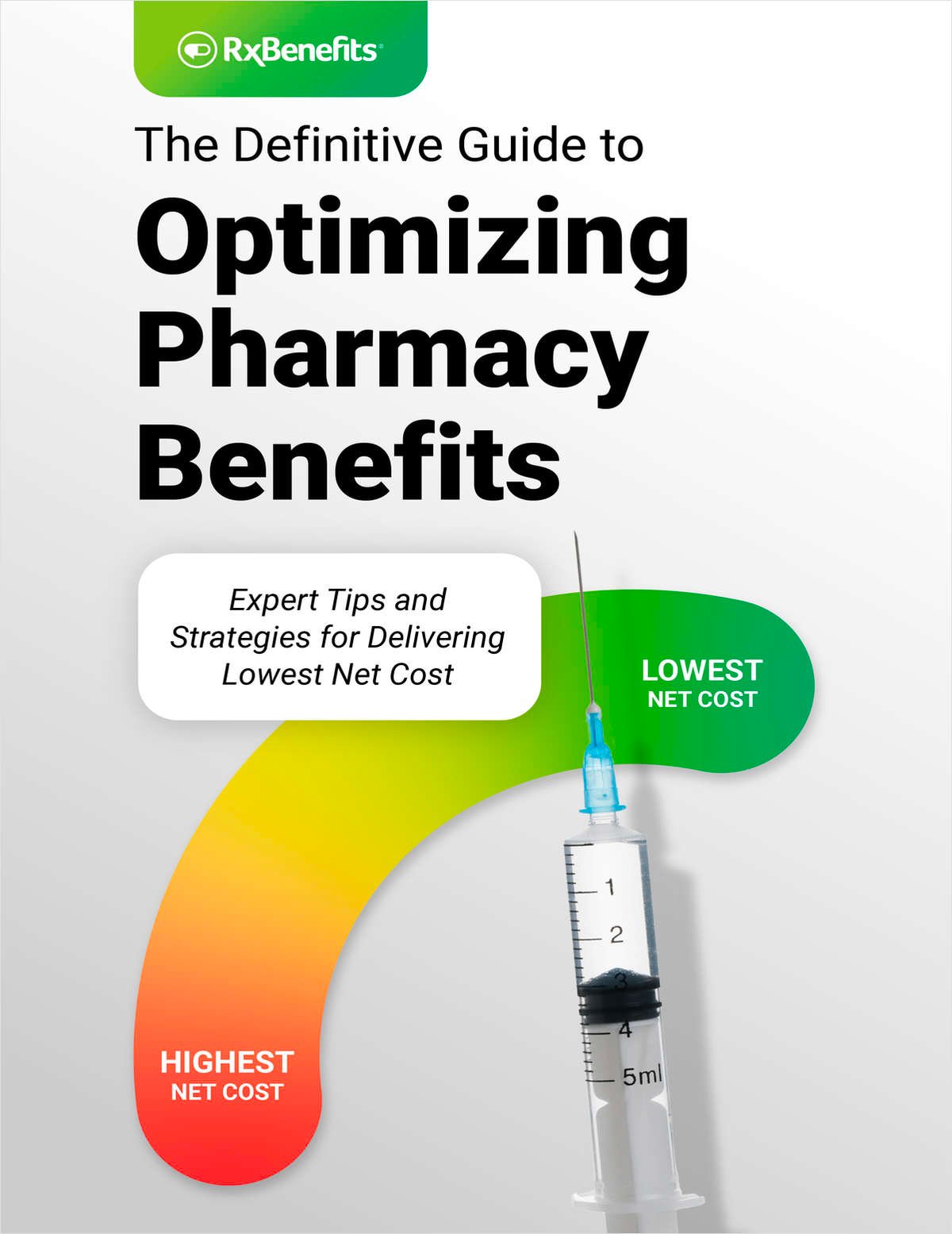 Ever since the 2006 Pension Protection Act catapulted it to universal prominence, the target date fund has become the de facto default investment option.
Ever since the 2006 Pension Protection Act catapulted it to universal prominence, the target date fund has become the de facto default investment option.
It seems so easy! You just fill in the blank with your year of birth and instantly, out spurts the answer to your retirement questions.
What could go wrong?
 Christopher Carosa, CTFA, is chief contributing editor for FiduciaryNews.com, a leading provider of essential news and information, blunt commentary and practical examples for ERISA/401(k) fiduciaries, individual trustees and professional fiduciaries.
Christopher Carosa, CTFA, is chief contributing editor for FiduciaryNews.com, a leading provider of essential news and information, blunt commentary and practical examples for ERISA/401(k) fiduciaries, individual trustees and professional fiduciaries.
Plenty.
Ever since the 2006 Pension Protection Act catapulted this obscure form of a balanced fund to universal prominence, the target date fund has become the de facto default investment option of retirement savers. Today, these vehicles are about to surpass $2 trillion in assets.
That's a pretty big bet to place on a simple fill-in-the-blank question.
Target date funds have been effective at getting more people to save for their retirement. That 2006 PPA didn't invent target date funds, but it did create the rules for allowing plans to require opt-out rather than opt-in decisions for employees. These rules mandated the availability of qualified default investment alternatives when plans chose the opt-out route. Target date funds were defined as one of those default options.
The idea behind these funds is to reduce equity exposure over time. In theory, this is commendable. In practice, it's at best unpredictable and, in the worst cases, outright wrong. First, there's no general formula that equates the date of a target date fund with a specific asset allocation. Each fund family has its own philosophy. In addition, portfolio managers can be allowed individual discretion. As a result, retirement investors cannot assume the asset allocation of one 2030 target date fund will mirror the asset allocation of another 2030 target date fund.
Wait! There's more! This defeats the whole purpose of the fill-in-the-blank question.
It turns out, even if both 2030 target date funds are the same, neither necessarily works for some within the target age.
Target date funds assume the flaw of the standard. They are predicated on the average person, and very few people are average.
Let's take the case of two hypothetical 60-year-olds. They would like to retire at age 70 (in 2030) in order to maximize their Social Security earnings. But because those Social Security earnings may not be the same, this means one will require more retirement savings than the other. In addition, their expected post-retirement expenses may not be the same, meaning one can afford to retire with fewer assets than the other.
Finally, one may have access to income sources (e.g., royalties, trusts, additional savings) that the other does not. This situation adds more pressure for one person's retirement savings to grow faster.
The 2030 fund assumes the same growth rate for all shareholders, regardless of their specific circumstances.
This problem becomes more acute as people get closer to retirement. Luckily, older people are less likely to use target date funds compared to younger people.
According to the Investment Company Institute's 2019 Fact Book, nearly half of all 401(k) participants in their 20s use target date funds. On the other hand, only one out of five in their 60s use them.
We can breathe a sigh of relief today. But what about in 40 years?
Continue Reading for Free
Register and gain access to:
- Breaking benefits news and analysis, on-site and via our newsletters and custom alerts
- Educational webcasts, white papers, and ebooks from industry thought leaders
- Critical converage of the property casualty insurance and financial advisory markets on our other ALM sites, PropertyCasualty360 and ThinkAdvisor
Already have an account? Sign In Now
© 2024 ALM Global, LLC, All Rights Reserved. Request academic re-use from www.copyright.com. All other uses, submit a request to [email protected]. For more information visit Asset & Logo Licensing.








